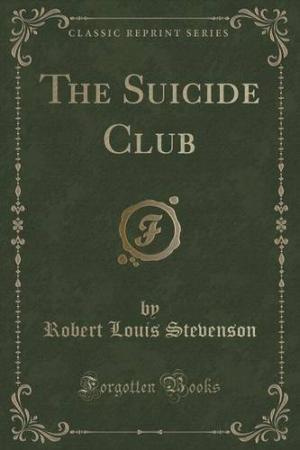Copy of a Copy of a Copy Club
How Robert Lewis Stevenson and Santacon gave us Fight Club (and far right self-actualization)


We can't talk about Fight Club — the book, the film, the enduring cultural imprint — without first talking about Suicide Club.
Taking its name from Robert Lewis Stevenson's 1878 short story collection, the San Francisco group formed almost a century later in 1977. And while the fictional Suicide Club was about a Bohemian prince infiltrating a London secr…
Keep reading with a 7-day free trial
Subscribe to Silver Screen Afterglow to keep reading this post and get 7 days of free access to the full post archives.

